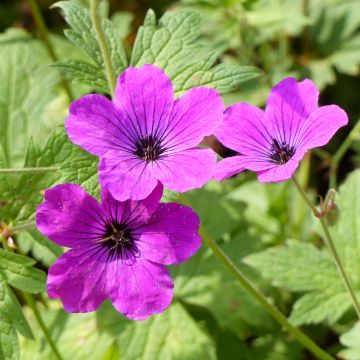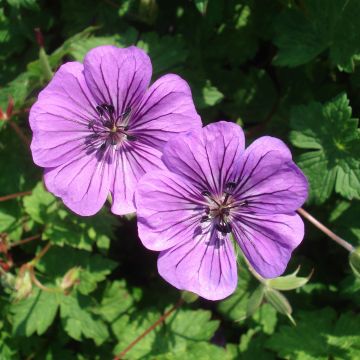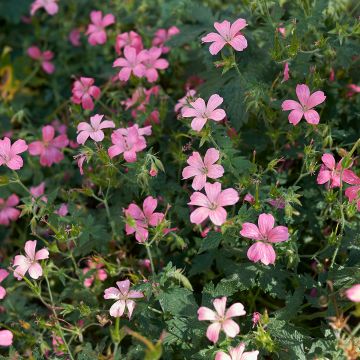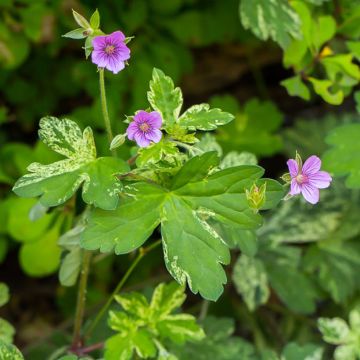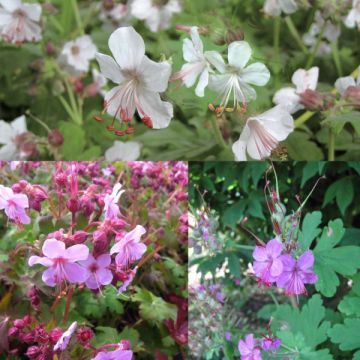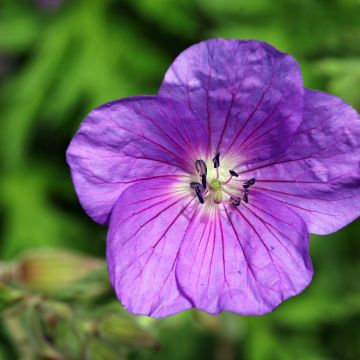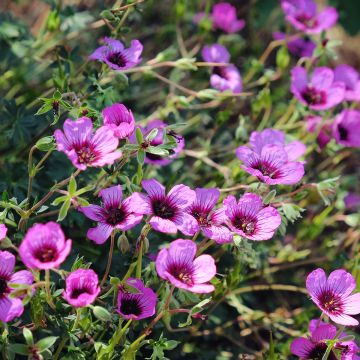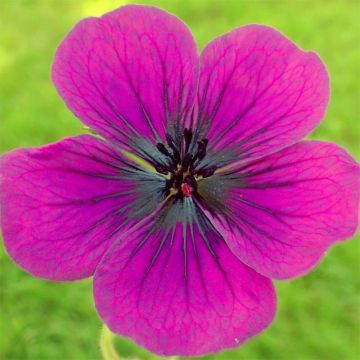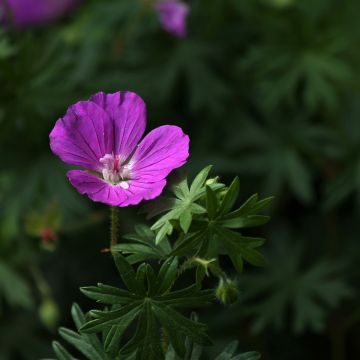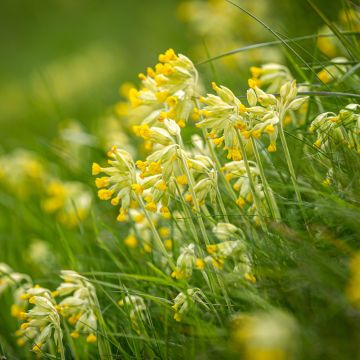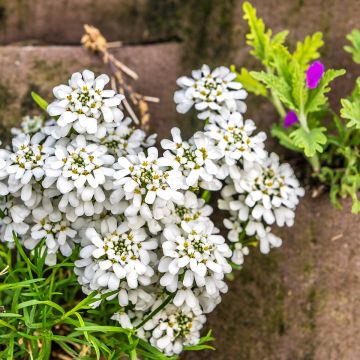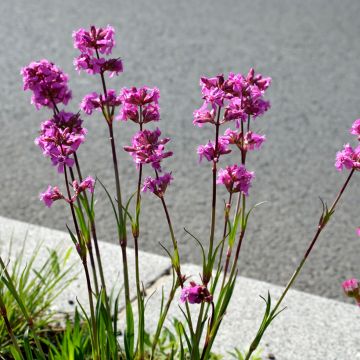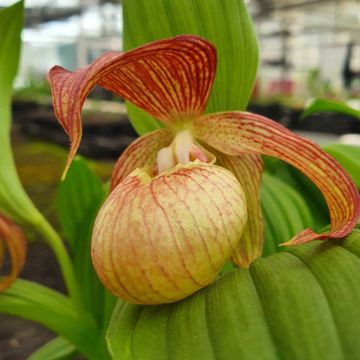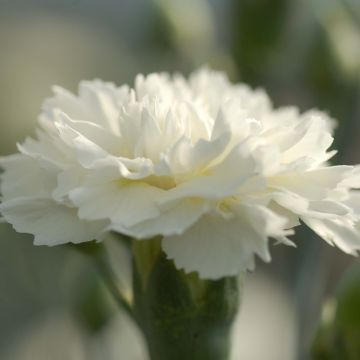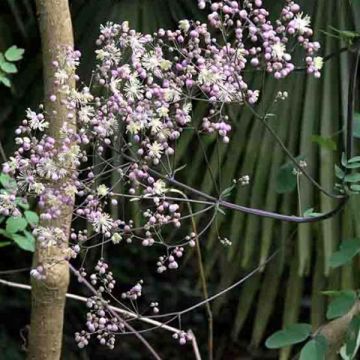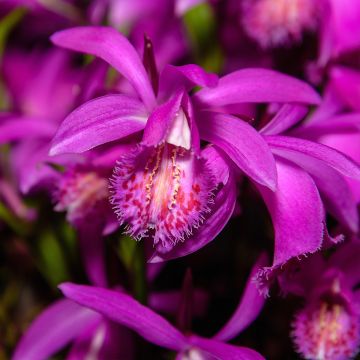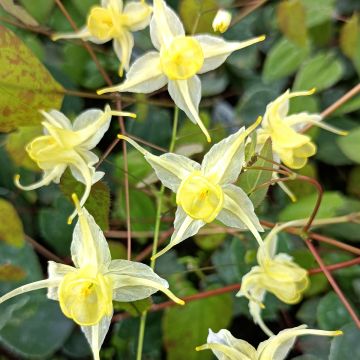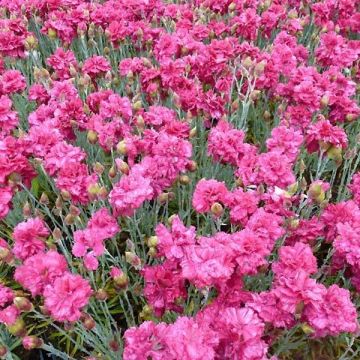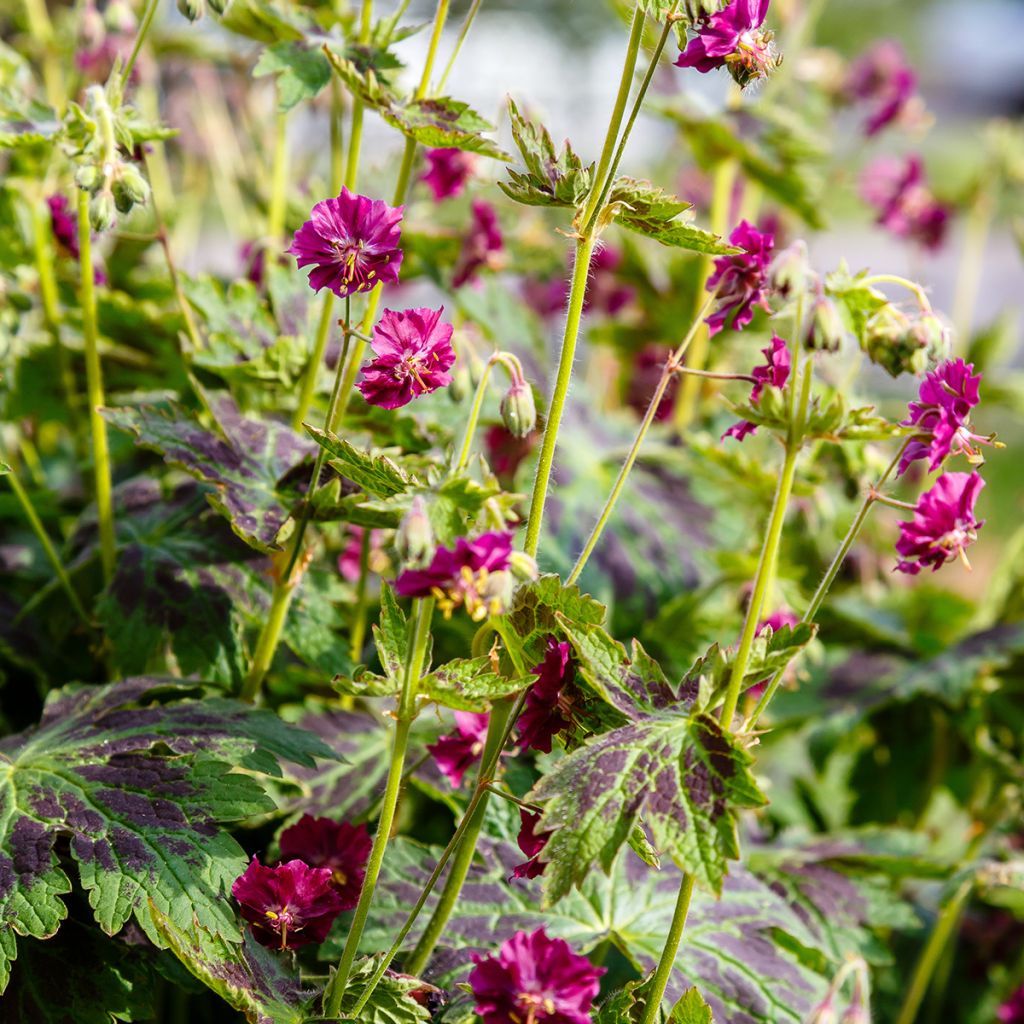

Geranium phaeum Samobor
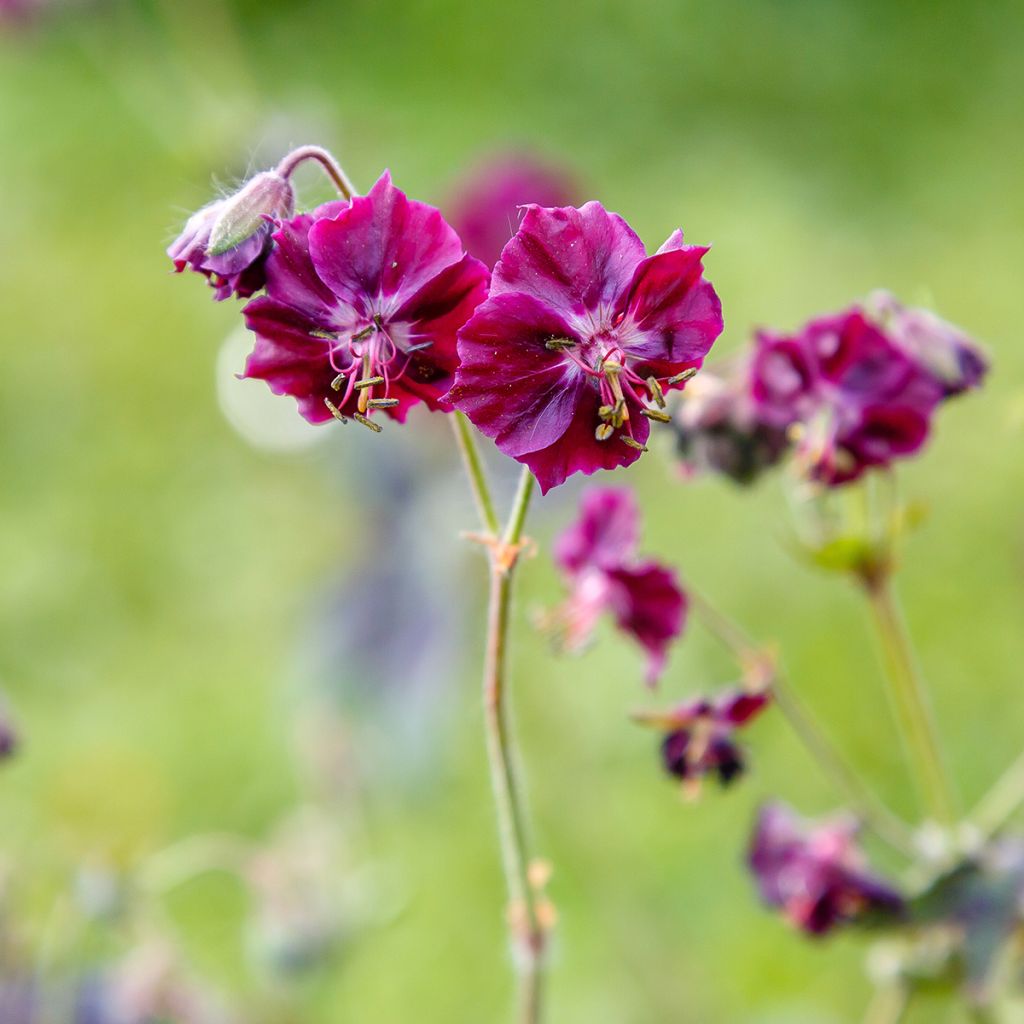

Geranium phaeum Samobor
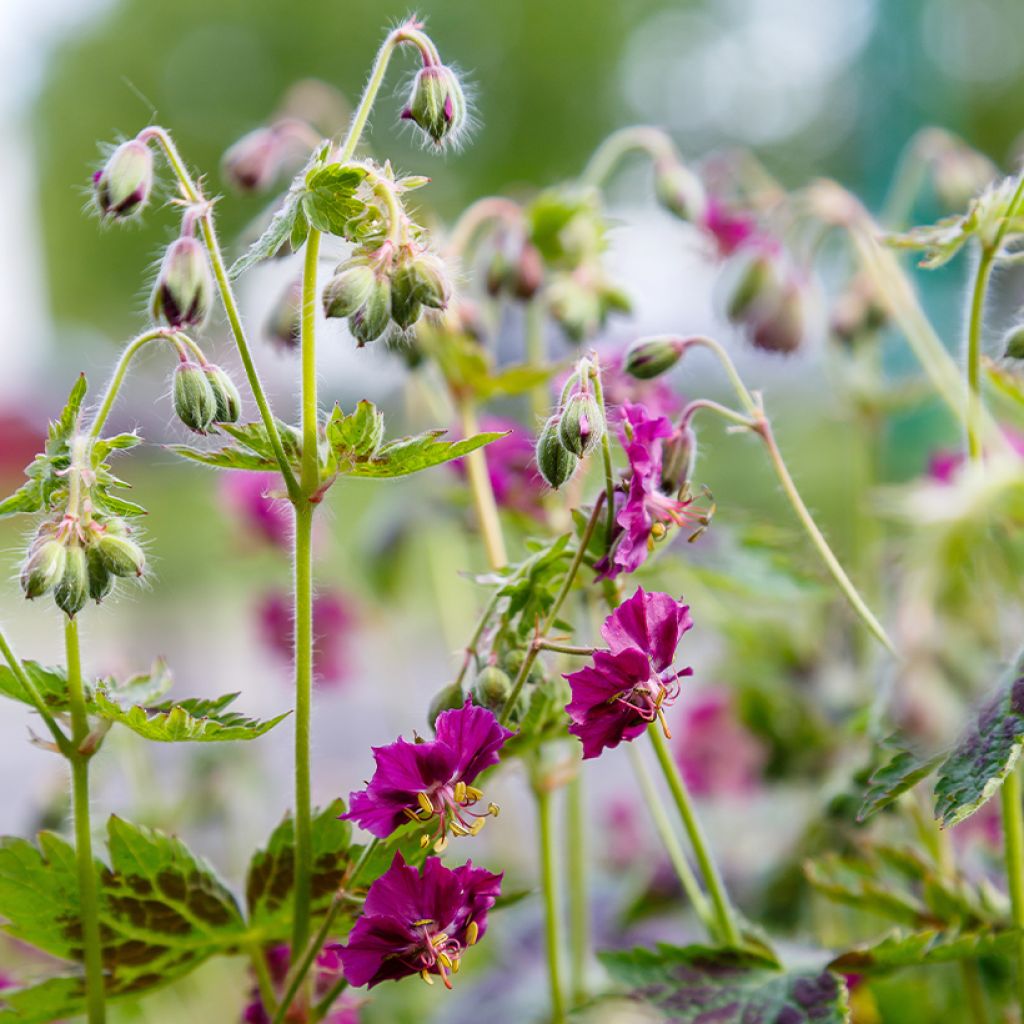

Geranium phaeum Samobor
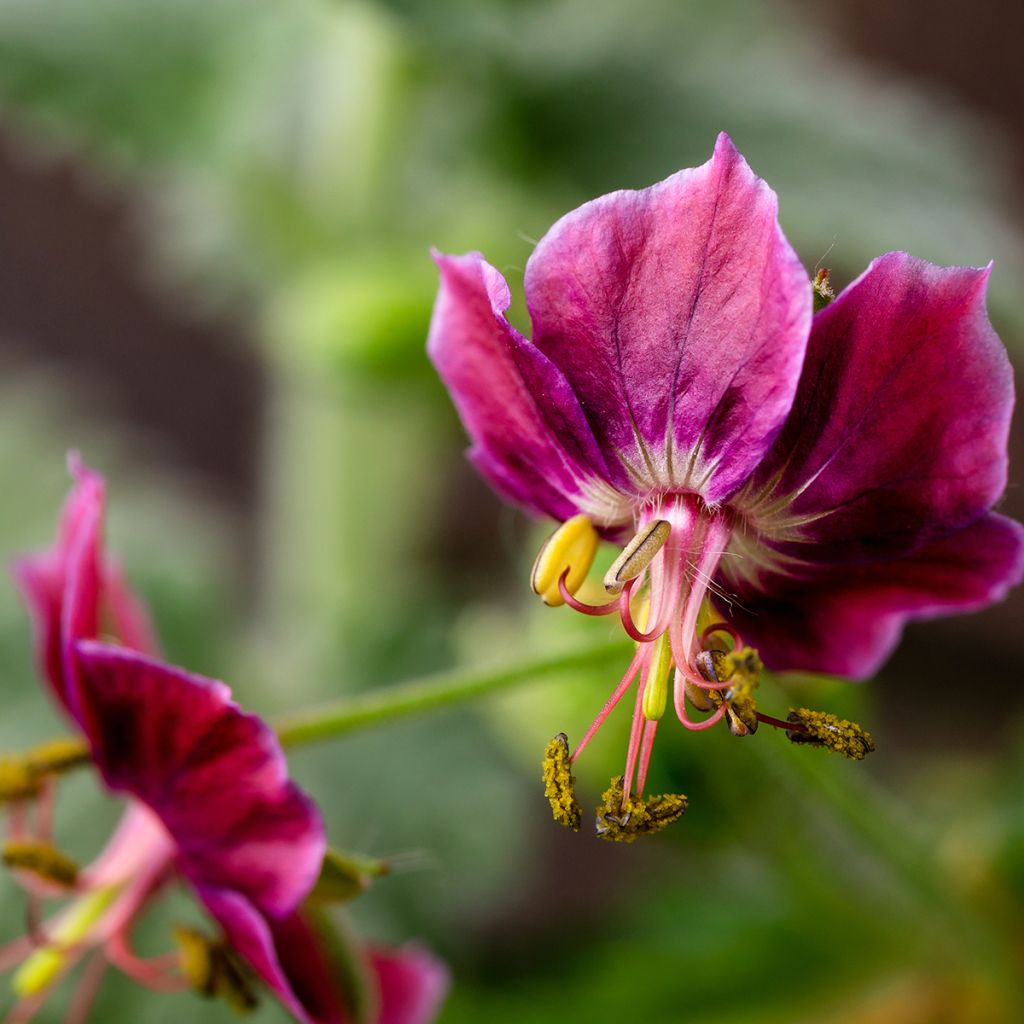

Geranium phaeum Samobor
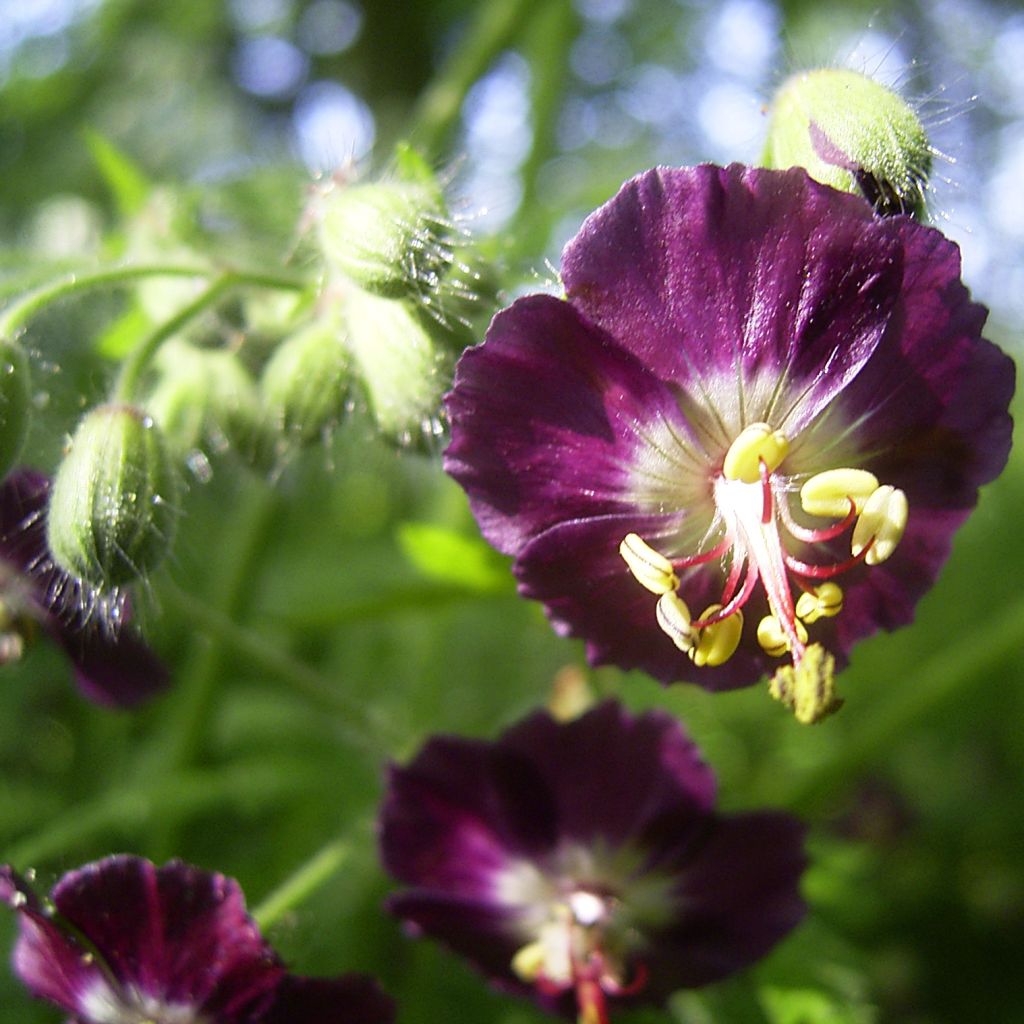

Geranium phaeum Samobor
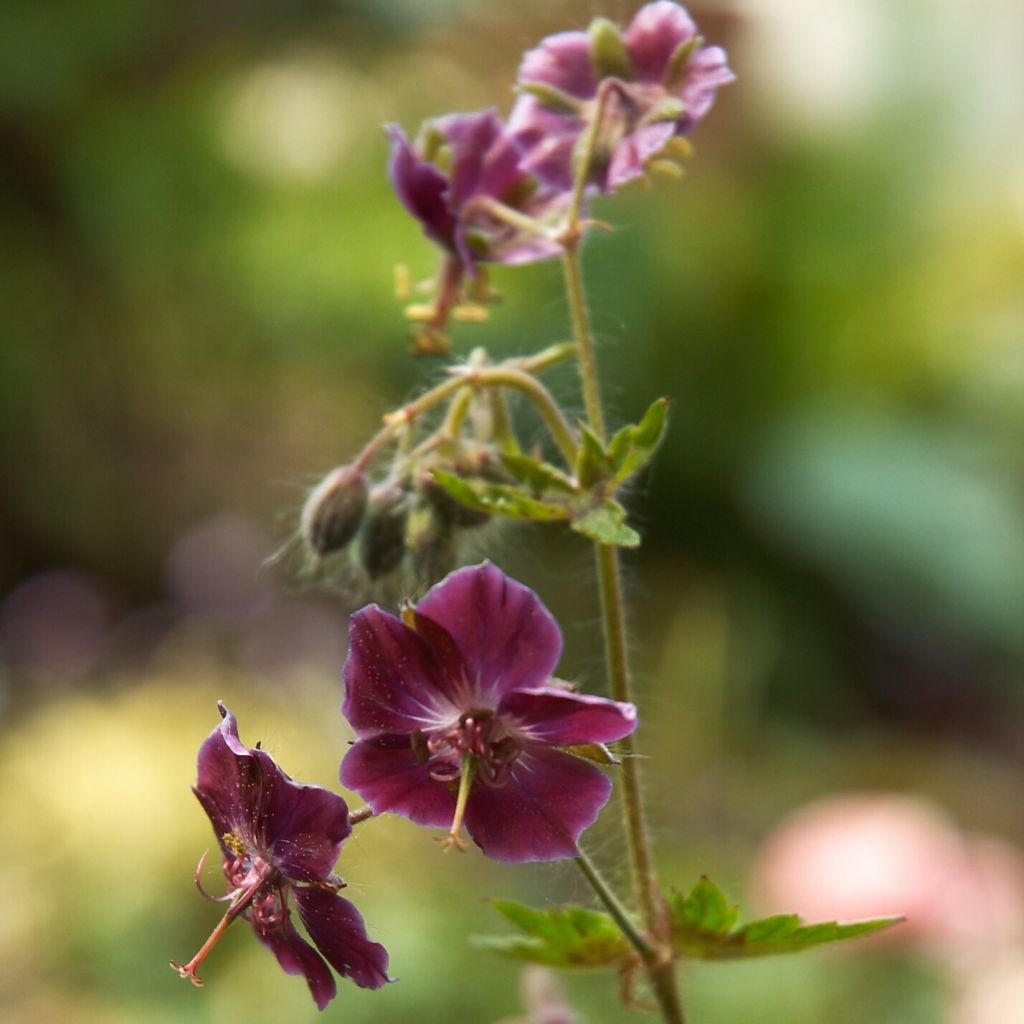

Geranium phaeum Samobor
Geranium phaeum Samobor
Geranium phaeum Samobor
Dusky Cranesbill, Mourning Widow, Black Widow, Hardy Geranium
This item cannot be shipped to the selected country
Delivery charge from €5.90
More information
Schedule delivery date,
and select date in basket
This plant carries a 12 months recovery warranty
More information
We guarantee the quality of our plants for a full growing cycle, and will replace at our expense any plant that fails to recover under normal climatic and planting conditions.
From €5.90 for pickup delivery and €6.90 for home delivery
Express home delivery from €8.90.

Does this plant fit my garden?
Set up your Plantfit profile →
Description
The Samobor perennial Geranium phaeum, also known as Brown Geranium, Dark Geranium, or Livid Geranium, is a sturdy herbaceous perennial, very hardy. It blooms in spring, offering numerous small purple-maroon flowers, carried in loose clusters well above the foliage, inclined downwards, with curiously curved petals. It forms a small semi-evergreen bush, resilient against the wind. Its tender green foliage maculated with chocolate-purple is already delightful. Here is a very reliable plant, discreet in character but with a strong temperament. A dark king in the land of shade, even occasionally dry.
The Samobor perennial Geranium phaeum belongs to the Geraniaceae family. It originates from Geranium phaeum, native to a wide area stretching from the Pyrenees to the Balkans. It forms a clump of semi-evergreen foliage, 75 cm (30in) tall when in bloom, 30 cm (12in) for the foliage, and 45 cm (0 and 18in) wide. It has a dense and erect habit. The flowering occurs in May-June. The flower itself is relatively discreet, measuring only 2 cm (1in) in diameter, but it is richly coloured in purple-maroon-violet, with a lighter ring in the center, the heart is crowned with gracefully curved stamens around the pistil. The flowers are very numerous, arranged in clusters along slender floral stems that stand out distinctly from the foliage. The leaves are lobed and dissected, widely maculated in the center with chocolate-purple on a tender green background.
Geranium phaeum 'Samobor' does not exhibit a flashy and spectacular flowering because its flowers are small and dark. However, the clumps do not go unnoticed in May. This plant is ideal for the 2nd layer of shaded flower beds. It is interesting for its foliage that fills shaded corners nicely. In the undergrowth, it is a good companion for acid-green euphorbias and pastel-toned lungworts. The slightly lower and lighter flowering Geranium nodosum will fulfill the same functions in the shade. Plant it along a path to the North or East, among ferns and bergenia, in front of hydrangeas, rhododendrons, camellias. It will blend very well with all shade and semi-shade perennials such as fuchsias, hostas, periwinkles, hellebores, epimediums.
Report an error about the product description
Geranium phaeum Samobor in pictures
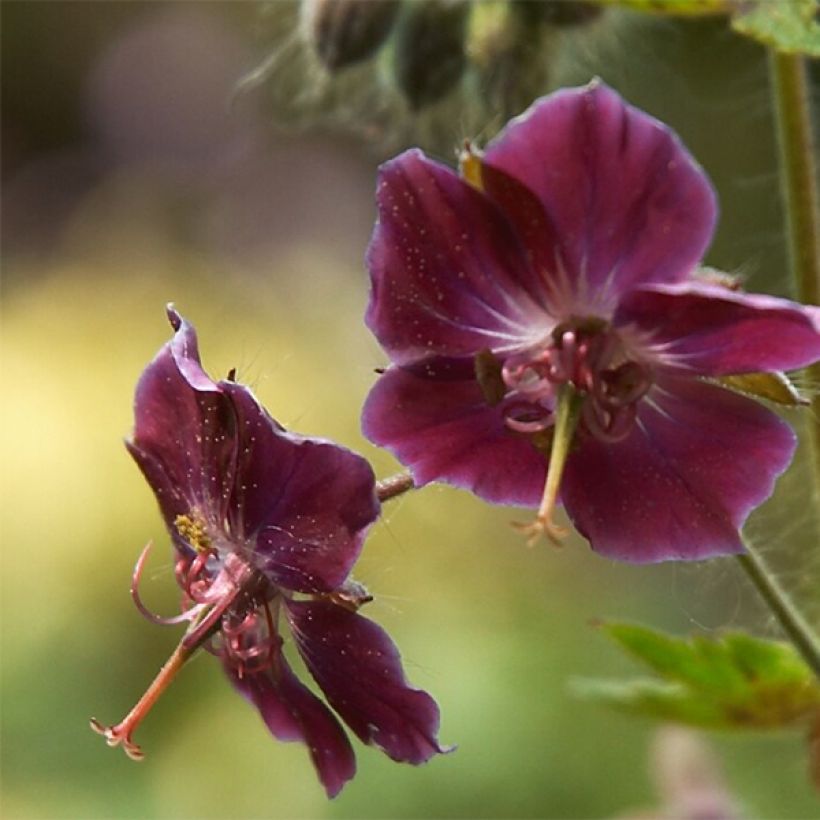

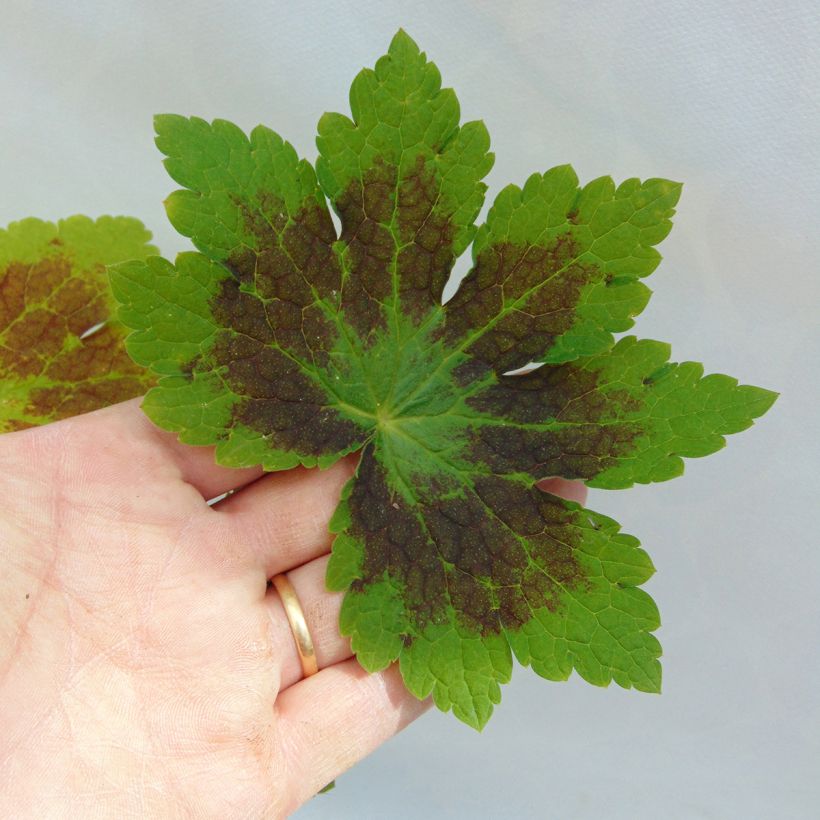

Flowering
Foliage
Plant habit
Botanical data
Geranium
phaeum
Samobor
Geraniaceae
Dusky Cranesbill, Mourning Widow, Black Widow, Hardy Geranium
Cultivar or hybrid
Other Hardy Geranium - Cranesbill
Planting and care
Planting period
Intended location
Care
-
, onOrder confirmed
Reply from on Promesse de fleurs
Spring flowering perennials
Haven't found what you were looking for?
Hardiness is the lowest winter temperature a plant can endure without suffering serious damage or even dying. However, hardiness is affected by location (a sheltered area, such as a patio), protection (winter cover) and soil type (hardiness is improved by well-drained soil).

Photo Sharing Terms & Conditions
In order to encourage gardeners to interact and share their experiences, Promesse de fleurs offers various media enabling content to be uploaded onto its Site - in particular via the ‘Photo sharing’ module.
The User agrees to refrain from:
- Posting any content that is illegal, prejudicial, insulting, racist, inciteful to hatred, revisionist, contrary to public decency, that infringes on privacy or on the privacy rights of third parties, in particular the publicity rights of persons and goods, intellectual property rights, or the right to privacy.
- Submitting content on behalf of a third party;
- Impersonate the identity of a third party and/or publish any personal information about a third party;
In general, the User undertakes to refrain from any unethical behaviour.
All Content (in particular text, comments, files, images, photos, videos, creative works, etc.), which may be subject to property or intellectual property rights, image or other private rights, shall remain the property of the User, subject to the limited rights granted by the terms of the licence granted by Promesse de fleurs as stated below. Users are at liberty to publish or not to publish such Content on the Site, notably via the ‘Photo Sharing’ facility, and accept that this Content shall be made public and freely accessible, notably on the Internet.
Users further acknowledge, undertake to have ,and guarantee that they hold all necessary rights and permissions to publish such material on the Site, in particular with regard to the legislation in force pertaining to any privacy, property, intellectual property, image, or contractual rights, or rights of any other nature. By publishing such Content on the Site, Users acknowledge accepting full liability as publishers of the Content within the meaning of the law, and grant Promesse de fleurs, free of charge, an inclusive, worldwide licence for the said Content for the entire duration of its publication, including all reproduction, representation, up/downloading, displaying, performing, transmission, and storage rights.
Users also grant permission for their name to be linked to the Content and accept that this link may not always be made available.
By engaging in posting material, Users consent to their Content becoming automatically accessible on the Internet, in particular on other sites and/or blogs and/or web pages of the Promesse de fleurs site, including in particular social pages and the Promesse de fleurs catalogue.
Users may secure the removal of entrusted content free of charge by issuing a simple request via our contact form.
The flowering period indicated on our website applies to countries and regions located in USDA zone 8 (France, the United Kingdom, Ireland, the Netherlands, etc.)
It will vary according to where you live:
- In zones 9 to 10 (Italy, Spain, Greece, etc.), flowering will occur about 2 to 4 weeks earlier.
- In zones 6 to 7 (Germany, Poland, Slovenia, and lower mountainous regions), flowering will be delayed by 2 to 3 weeks.
- In zone 5 (Central Europe, Scandinavia), blooming will be delayed by 3 to 5 weeks.
In temperate climates, pruning of spring-flowering shrubs (forsythia, spireas, etc.) should be done just after flowering.
Pruning of summer-flowering shrubs (Indian Lilac, Perovskia, etc.) can be done in winter or spring.
In cold regions as well as with frost-sensitive plants, avoid pruning too early when severe frosts may still occur.
The planting period indicated on our website applies to countries and regions located in USDA zone 8 (France, United Kingdom, Ireland, Netherlands).
It will vary according to where you live:
- In Mediterranean zones (Marseille, Madrid, Milan, etc.), autumn and winter are the best planting periods.
- In continental zones (Strasbourg, Munich, Vienna, etc.), delay planting by 2 to 3 weeks in spring and bring it forward by 2 to 4 weeks in autumn.
- In mountainous regions (the Alps, Pyrenees, Carpathians, etc.), it is best to plant in late spring (May-June) or late summer (August-September).
The harvesting period indicated on our website applies to countries and regions in USDA zone 8 (France, England, Ireland, the Netherlands).
In colder areas (Scandinavia, Poland, Austria...) fruit and vegetable harvests are likely to be delayed by 3-4 weeks.
In warmer areas (Italy, Spain, Greece, etc.), harvesting will probably take place earlier, depending on weather conditions.
The sowing periods indicated on our website apply to countries and regions within USDA Zone 8 (France, UK, Ireland, Netherlands).
In colder areas (Scandinavia, Poland, Austria...), delay any outdoor sowing by 3-4 weeks, or sow under glass.
In warmer climes (Italy, Spain, Greece, etc.), bring outdoor sowing forward by a few weeks.

































